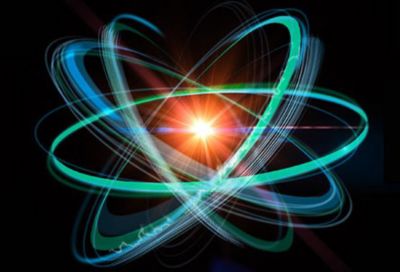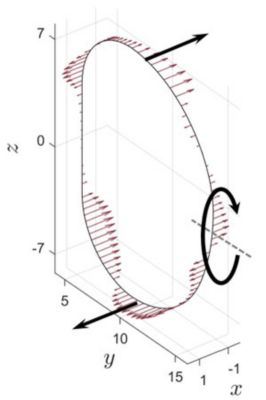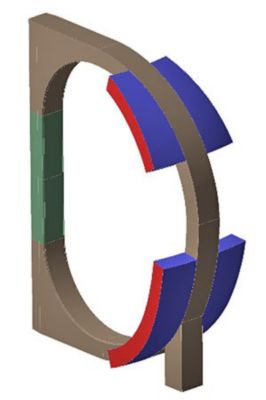-
-
Kostenlose Software für Studierende
Ansys unterstützt die nächste Generation von Ingenieur*innen
Studenten erhalten kostenlosen Zugang zu erstklassiger Simulationssoftware.
-
Verbinden Sie sich jetzt mit Ansys!
Gestalten Sie Ihre Zukunft
Stellen Sie eine Verbindung mit Ansys her, um zu erfahren, wie Simulation Ihren nächsten Durchbruch vorantreiben kann.
Länder und Regionen
Kostenlose Demoversionen
Produkte & Dienstleistungen
Lernportal
Über das Unternehmen
Back
Produkte & Dienstleistungen
Back
Lernportal
Ansys unterstützt die nächste Generation von Ingenieur*innen
Studenten erhalten kostenlosen Zugang zu erstklassiger Simulationssoftware.
Back
Über das Unternehmen
Gestalten Sie Ihre Zukunft
Stellen Sie eine Verbindung mit Ansys her, um zu erfahren, wie Simulation Ihren nächsten Durchbruch vorantreiben kann.
Kostenlose Demoversionen
ANSYS BLOG
June 27, 2019
Designing Nuclear Fusion Reactors with Simulation
The world is looking to change its energy sources to reduce carbon footprints. This initiative challenges engineers to design renewable and nuclear power generation methods that are affordable.
Though wind and solar power sources are renewable, they are intermittent and weather-dependent. Therefore, these energy sources cannot provide a complete solution for the world’s base power needs.
Nuclear fusion reactors replicate the power of the sun and the stars.
However, it is argued that one nuclear fusion plant can run continuously and produce more energy in less space than a wind or solar farm. In theory, this makes fusion reactors an excellent choice to meet the world’s base power energy needs.
Fusion reproduces how the sun creates energy. Namely, it’s fueled by hydrogen isotopes that are superheated into plasma at 100 million degrees Celsius (180 million degrees Fahrenheit).
Though this phenomenon is common in stars, it is hard to replicate on Earth because building a fusion reactor that can withstand the tremendous heat and magnetic forces of a fusion reaction is a critical roadblock to the technology.
Who is Leading the Nuclear Fusion Power Revolution?
Teams throughout the world are building and designing reactors that can bring nuclear fusion power into our energy mix.
For instance, in southern France, the construction of the International Thermonuclear Experimental Reactor (ITER) is 50% complete. It will be the largest fusion reactor of its kind and is scheduled to begin operations in about 20 years.
Schematics of DEMO fusion reactor magnetic system.
Nicknamed “star in a jar,” engineers hope that ITER will be the first nuclear fusion power plant to produce net energy and the first to maintain fusion over extended periods. Ansys Mechanical was key to designing the electromagnetic‒structural supports that secure ITER’s base.
Meanwhile, in Italy, a competing design is underway — the Demonstration Power Station (DEMO).
These nuclear fusion reactors will lay the foundation for creating the next generation of fusion power plants.
Creating a Fusion Reactor’s Magnetic Field
ITER and DEMO each rely on a toroidal doughnut-shaped chambers, formed by powerful superconducting magnets, to contain plasma hot enough to sustain fusion.
For DEMO, toroidal and poloidal field coil magnets encircle the chamber’s perimeter, creating a structure that spans 17 meters (56 ft.) high and 13 meters (43 ft.) wide.
Since the shape of the magnets will fluctuate as DEMO’s design evolves, engineers are using Ansys APDL scripting to parametrize the magnet’s geometry and simplify the design changes.
APDL also helps engineers simulate DEMO’s electromagnetic stresses and cool-down procedure.
The magnetic stresses experienced by DEMO’s toroidal
chamber can reach 77,000 tons.
Overcoming the Stresses Experienced by Fusion Reactors
Outer intercoil structures (OIS) are a key component of DEMO. They are positioned around the outer circumference of the toroidal chamber and help resist the 77,000 tons of electromagnetic stress on the chamber.
OISs were first designed with a uniform shape and a weight of 367 tons. However, engineers wanted to slash that weight and remove unnecessary material to deliver cost savings.
OIS’s first design weighed 367 tons.
To achieve this, they turned to Ansys Mechanical to determine the mechanical loads applied to the OISs and define their features.
Next, they used Ansys topology optimization technology to identify the minimum geometry that met their design requirements.
Ansys simulations helped engineers cut the OIS’s original weight by 38%.
The highly innovative ITER and DEMO teams are doing all they can to make nuclear fusion reactors a reality.



